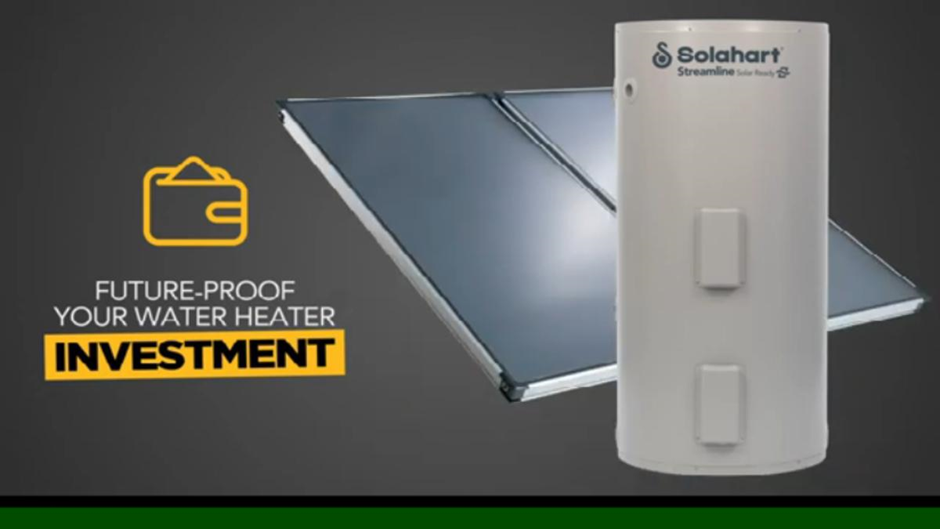
Solar hot water systems are a game changer when it comes to energy efficiency and cutting down on utility bills. Plus, who doesn’t love a steamy hot shower without the guilt of a high carbon footprint? But, if the thought of installing one of these systems has you sweating bullets, don’t worry. This guide will walk you through the steps in a way that makes the process as easy as a sunny afternoon.
First, let’s talk about the benefits. Installing a solar hot water system is a smart way to save on energy costs while reducing your environmental footprint. Traditional water heaters rely on electricity or gas, but with solar, you’re harnessing the power of the sun. That means free energy once the system is in place! And with many government incentives, such as the Victorian Government Hot Water Replacement Scheme, it’s easier on your wallet, too.
Now, onto the good stuff—the installation.
Before you dive in, gather everything you’ll need. Here’s a quick list:
Having the right tools and materials on hand is essential. You don’t want to be halfway through the job, only to realise you’re missing a critical part.
Where you place the solar panels is crucial. They need to be in an area that gets plenty of sunlight throughout the day—preferably on a north-facing roof (in the Southern Hemisphere). You also want to avoid any shade from trees or buildings.
Mount the panels at a slight angle to optimise their exposure to the sun. Depending on your roof type, you might need mounting brackets or stands to secure them in place.
Remember, this is a long-term investment, so take your time with positioning. If you’re off by even a few degrees, it can affect the system’s efficiency.
Once you’ve picked the ideal spot, it’s time to mount the solar panels. If you’re comfortable working at heights, you can handle this step yourself. Just make sure to securely attach the panels to the roof using the mounting brackets. Use high-quality fasteners to keep the panels from shifting over time.
You’ll also need to run piping from the panels to your hot water storage tank. Copper pipes are often used because they can withstand high temperatures. Don’t forget to add insulation around the pipes to prevent heat loss—this little detail can make a big difference in your system’s overall performance.
The heart of your solar hot water system installation is the storage tank. This is where the heated water will be stored until you’re ready to use it. Place the tank in a sheltered location, ideally close to the solar panels to minimise the distance the water has to travel.
Next, connect the pipes from the solar panels to the tank. There’s typically an inlet for cold water and an outlet for hot water. Make sure the connections are tight to avoid any leaks. A good practice is to double-check the connections after the system has been running for a while.
You’ll also want to install a pressure relief valve to protect the tank from over pressurising. It’s a simple safety measure but highly effective.
Once everything is connected, it’s time for the moment of truth—testing your new solar hot water system. First, check all the pipe connections for leaks. Then, turn on the water supply and watch the tank fill up.
The solar panels should start heating the water almost immediately if it’s a sunny day. You can monitor the system’s performance through a controller (if your system has one), which will show how much energy is being collected and used.
If everything checks out, you should be enjoying solar-heated showers in no time!
As for the electrical side of things, most solar hot water systems have a backup heating element for cloudy days. This requires connecting the system to your home’s power supply. If you’re not comfortable with electrical work, it’s best to call in a licensed electrician at this point.
Like any system, your solar hot water system needs a bit of TLC to keep it running smoothly. Here are a few maintenance tips:
Taking care of your system can prolong its lifespan, giving you more years of eco-friendly hot water.
If the upfront cost of solar hot water system installation has you hesitating, take heart. Various government incentives, like the Victorian Government Hot Water Replacement Scheme, can significantly reduce the financial burden. These schemes aim to encourage homeowners to adopt renewable energy, making it a win-win for both your wallet and the planet.
Check your eligibility for local rebates and incentives, and you could save a hefty chunk of the installation costs.
Let’s face it, even the best DIYers can slip up. Here are a few common mistakes you’ll want to avoid:
Installing a solar hot water system is one of the best upgrades you can make for your home. It saves energy, reduces your carbon footprint, and can even save you money in the long run. With the right tools and a little patience, you can take on this project and enjoy the many benefits of solar power. Just remember to keep an eye out for rebates like the Victorian Government Hot Water Replacement Scheme—they’re there to help you!
In the end, you’ll have a reliable, sustainable source of hot water, and you’ll be soaking in the satisfaction of a job well done.